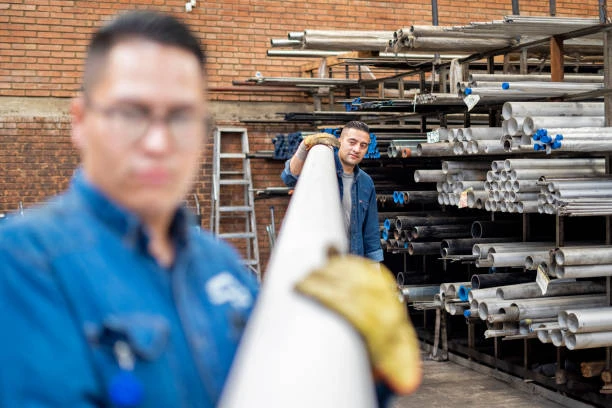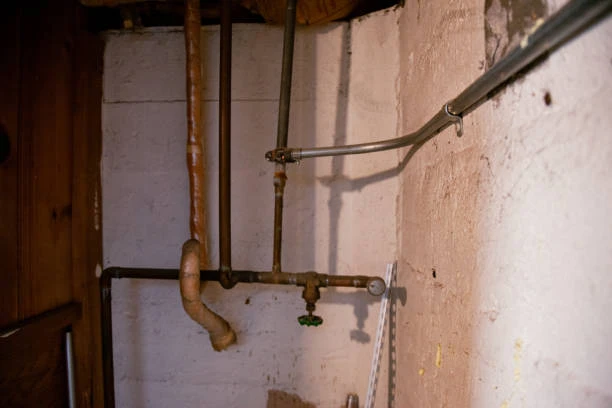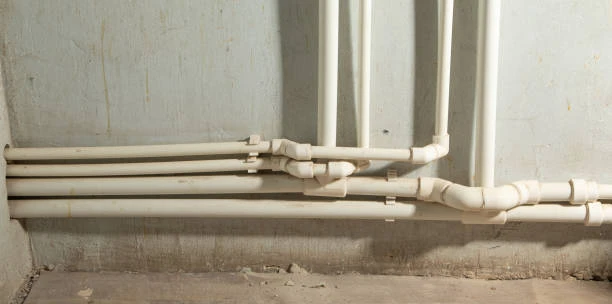1. Introduction: The Importance of Cleaning PPR Pipe Systems
PPR pipes are commonly used for plumbing and water systems due to their durability and resistance to heat and corrosion. Over time, however, impurities like dirt, scale, and bacteria can build up inside the pipes, affecting water flow and quality. To maintain optimal performance, regular cleaning is essential. This manual covers effective cleaning techniques for PPR pipe systems. Following these steps ensures that the system continues to operate efficiently, especially after PPR pipe installation.
2. Why Regular Cleaning is Crucial for PPR Pipes
PPR pipes are built to last, but like any system, they require care. Cleaning prevents the accumulation of dirt, minerals, and other debris that can clog or corrode the pipes. Without proper maintenance, water pressure may decrease, and the quality of the water can be compromised. For example, if a layer of lime or rust forms, it can significantly affect water flow. Regular cleaning will extend the life of your PPR pipe installation and maintain its efficiency.
3. Basic Cleaning Procedures for PPR Pipes
The most straightforward way to clean PPR pipes is by flushing them with water. First, close all the valves and ensure that the water supply is turned off. Open the faucet or drain point to release any remaining water. Next, use a mixture of water and non-abrasive cleaning agents, if necessary, to clean the inside of the pipes. For minor blockages, a simple water flush may be enough. For more stubborn buildup, consider using a cleaning solution recommended by the PPR pipe installation provider.
4. Tools Required for Cleaning PPR Pipe Systems
To clean PPR pipes effectively, a few basic tools are required. You will need a hose or pipe cleaner to flush the system, non-abrasive cleaning brushes for stubborn deposits, and a solution of warm water mixed with a mild detergent. For larger systems, you may need a pressure washer or specialized equipment. Make sure to avoid harsh chemicals or abrasive materials, as they can damage the pipes. Regular inspections after cleaning will help ensure that your PPR pipe installation remains in good condition.
5. Cleaning Techniques for Different Types of Blockages
There are several types of blockages that can affect PPR pipes, including mineral deposits, grease, and biological growth. Each type requires a specific cleaning technique. For mineral build-up, use a mild acidic solution like vinegar diluted with water to break down the deposits. For grease and organic matter, hot water and a degreasing agent work well. Biological growth, such as algae or mold, can be treated with a mild disinfectant solution. Depending on the type of blockage, always follow the guidelines provided by your PPR pipe installation manufacturer.
6. How to Prevent Future Blockages in PPR Pipes
Preventing blockages is easier than dealing with them once they occur. After cleaning your PPR pipe system, consider implementing a regular maintenance schedule. For instance, flushing the pipes monthly with hot water can prevent grease and lime build-up. Additionally, installing strainers or filters at key points in your plumbing system can catch debris before it enters the pipes. These simple steps can help reduce the need for frequent cleaning and ensure that your PPR pipe installation operates efficiently.
7. Troubleshooting Common PPR Pipe System Issues
Even with regular cleaning, certain issues may arise with your PPR pipe system. One common problem is low water pressure due to blockages in the pipes. Another issue could be leaks that occur after cleaning, especially if the seals or joints were disturbed. In such cases, check the joints and seals carefully and replace them if necessary. It’s also important to inspect the system for any cracks or damage that may have developed over time. Addressing these problems early can help maintain the effectiveness of your PPR pipe installation.
8. Conclusion: Keeping Your PPR Pipe System Clean and Functional
Cleaning your PPR pipe system is an essential part of maintaining a functional and efficient plumbing setup. By following the guidelines in this manual, you can ensure that your pipes remain free from blockages and contaminants. Regular cleaning and inspection will also help prevent expensive repairs and replacements. Always consult with professionals and follow the advice from your PPR pipe installation provider to ensure the longevity and optimal performance of your system.
FAQs
- How often should I clean my PPR pipes?
It’s recommended to clean your PPR pipes at least once a year, or more often in high-usage systems. - Can I use bleach to clean PPR pipes?
Avoid using bleach, as it can be too harsh and may damage the pipe material. Use mild, non-abrasive cleaners instead. - What should I do if there’s a persistent blockage in my PPR pipes?
For stubborn blockages, try using a professional pipe cleaning service or a specialized pipe cleaner. - Can I prevent all types of blockages in my PPR pipes?
While you can’t prevent all blockages, regular maintenance and proper filtration can minimize their occurrence. - How long do PPR pipes last after installation?
With proper maintenance and cleaning, PPR pipes can last up to 50 years.
PPR productsinternational standards
The IFAN PPR piping system adheres to international standards, including ISO 15874 series, EN 15874 series, ASTM F2389, DIN 8077/8078, GB/T 18742 series, and NBR 15884.
Connect
IFAN is a Chinese manufacturer of plastic pipes, fittings and valves with 30 years of experience. If you are interest in IFAN copper fittings, copper valves, plastic pipes and fittings, please contact us. IFAN offers you a variety of standard pipes to meet your specific needs. Click below to learn more about IFAN’s wide range of affordable and cost-effective valve products and piping system related products.
We will reply your email or fax within 24 hours.
You can call us at any time if there is any question on our production.
For more information,pls visit our webside https://waterpipefitting.com/
Pls Mailto: [email protected]
Whatsapp: + 86 19857948982














Recent Comments